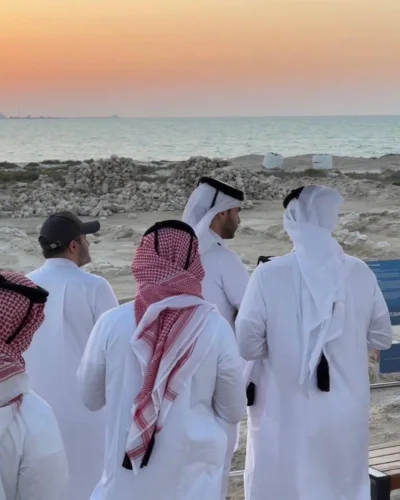Qatari lenders’ loan growth will remain robust over the coming years, driven by largescale public investments into infrastructure, it said.
Qatari banks are facing funding pressures as a result of the outflow of non-resident deposits sparked by the ongoing diplomatic crisis in the GCC region, it said. “We nevertheless expect these pressures to remain manageable, as Qatari banks retain the ability to attract funding from a variety of extra-regional sources – and as the Qatar Central Bank (QCB) remains both willing and able to intervene to protect liquidity.
“That said, greater competition for funding and higher levels of perceived risk will weigh on banks’ profitability,” BMI said. Meanwhile, BMI has forecast Qatari banks’ loan growth to remain robust over the coming years, averaging about 10.6% annually through to 2021 as major government investment into infrastructure fuels domestic credit demand.
BMI Research, a Fitch Group company, expects Qatari banks to mitigate the losses due to outflow of funds by attracting extra-regional funding, particularly from Asia, and to a lesser extent, Europe.
BMI said, “Qatari banks still enjoy strong ratings from all the major ratings agencies, and the overall economic outlook for the country remains bright helping to retain investor interest. Indeed, several Qatari banks are already reported to have raised funding through private placements in Asia in the past few months.” Moreover, it said, “The Qatari authorities are both willing and able to provide liquidity, as confirmed by the Qatar Investment Authority (QIA) and other public companies’ injection of an estimated $19bn into local banks in June-July, and the QCB’s increase of repo facilities and placements by around $9mn over the same period.”
Given the size of Qatar’s financial reserves – including, as of end-June, $24.4bn of foreign reserves and an estimated $180bn of relatively liquid assets held by the QIA – BMI expects this to remain the case over the quarters ahead. It further notes that GCC deposits make up a relatively small share of overall funding for banks in Qatar – at around 6%-8% prior to the crisis, limiting the risks of financial instability resulting from the ongoing intra-GCC tensions.
However, BMI observed “greater competition for funding and higher levels of perceived risk will lead to higher borrowing costs for Qatari banks, weighing on their margins to some extent. In addition, local banks’ growing exposure to the public sector – which will be a key driver of credit demand over the coming quarters as it looks to fund infrastructure projects linked to the 2022 FIFA World Cup – will put pressure on profitability.”
Interest rates on government securities, averaging 1.99% in 2016, are significantly lower than on private sector loans (5.95% in 2016).
Loan growth will remain robust given the large public financing needs and improving consumer and business confidence in the economy, although BMI has revised its short-term forecast down amid elevated tensions and uncertainty, to 7.5% in 2017, from 10% previously.



